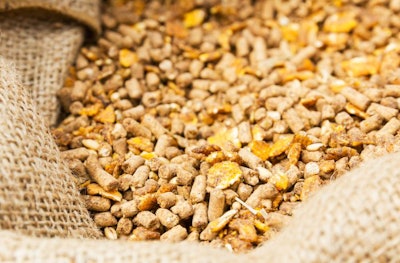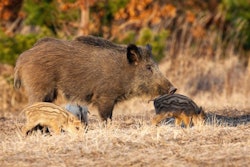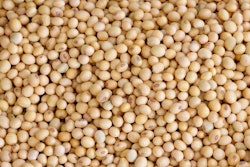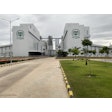
Fewer feed mills produced more animal feed than in 2019
Global animal feed production increased 1% in 2020 to 1,187.7 million metric tons, according to Alltech’s 2021 Global Feed Survey.
The survey included more than 28,000 feed mills in 142 countries. There were 3% fewer feed mills in 2020 than in 2019: 28,414 compared with 29,345. The survey pointed out that many countries fluctuated between an increasing and decreasing number of feed mills open.
The top 10 feed-producing countries produced 63% of global feed production, with China reclaiming its spot as the world’s largest feed producer after it saw a 5% increase in feed production.
“China has exceeded expectations, with an incredible rebound in 2020. It has resumed the position as the No. 1 feed-producing country and it started 2021 with strength,” said Mark Lyons, president and CEO of Alltech.
The top 10 feed-producing countries are China, U.S., Brazil, India, Mexico, Spain, Russia, Japan, Germany and Argentina. Of these, Brazil saw the largest increase in production, at 10%, while India saw the largest decrease, at -5%. The top 10 feed-producing countries have average feed costs that are approximately 9% less than the global average.
Regionally, Latin America saw the biggest increase in production, at 4%, while production in Asia-Pacific was up 2%, and North American production was up 1%. Europe’s production was down 1% and production in Africa, the Middle East and Oceania were each down 2%.
COVID-19 and the global protein sectors
Aquaculture was the fastest-growing protein sector, at 3%. Pig and broiler feed were each up 1%, feed for beef cattle was down 1%, and feed production for layers and dairy cattle was flat.
The survey said avian influenza challenged the broiler and layer industries, especially in Europe.
“However, offsetting any declines in feed production due to these challenges was an increased interest in eggs as an inexpensive protein, particularly for those in economically suppressed areas,” it said.
Broiler feed production increases were led by Asia-Pacific and Latin America, while decreases in North America were a result of decreasing bird size and broiler placement in the U.S. and Canada.
The broiler industry “fared well due to the short growth cycle and the easy adaptability of production methods,” the survey said.
COVID-19 caused some early declines in broiler production with declines in restaurant and hotel business, but that was later offset by the increase in at-home cooking.
In the pig industry, the effects of COVID-19 were varied, but “feed production didn’t seem to be particularly adversely affected.”
African swine fever continues to affect the pig sector, but China has bounced back significantly and has ramped up pig production.
“As China returns to self-sufficiency, many other countries’ pork exports will decline in the coming years,” Alltech said.
COVID-19 had a major effect on the dairy industry supply chain, and dairy prices fell in several countries. Latin America’s dairy industry saw growth, primarily due to increased feed production for dairy in Colombia, Argentina, Chile and Peru.
The closure of restaurants due to COVID-19 restrictions also affected the beef industry, which saw a 1% decline in feed production. However, the U.S. saw a 1% increase in beef feed, and China’s increased production drove growth in the Asia-Pacific region.
The aquaculture sector’s growth is expected to continue to grow.
“While China is the primary leader in Asia-Pacific, the main growth in this region was seen in Vietnam, Bangladesh and the Philippines, accounting for nearly 1 million metric tons more of aquafeed,” the survey said.
Latin America and Oceania also saw growth in aquaculture feed, with Latin America’s growth led by Brazil and Ecuador.
















